Pai Memorial Bridge: An Unforgettable Journey Back in Time

Step back in time and connect with the poignant past of the Pai Memorial Bridge, a captivating landmark in northern Thailand.
A Bridge Through Time
Imagine standing on a piece of history, feeling the gentle breeze rustle through your hair, and gazing at the tranquil Pai River flowing peacefully beneath. That’s the profound and almost meditative experience awaiting you at the Pai Memorial Bridge. This iconic structure isn’t merely a functional crossing; it’s a powerful and tangible reminder of World War II‘s indelible impact on this otherwise serene and verdant region of northern Thailand. It serves as a poignant symbol of human resilience and the passage of time.
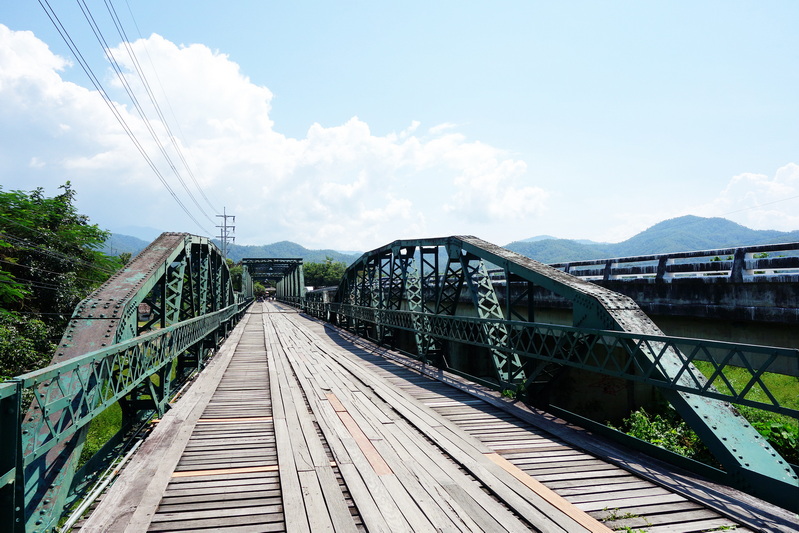
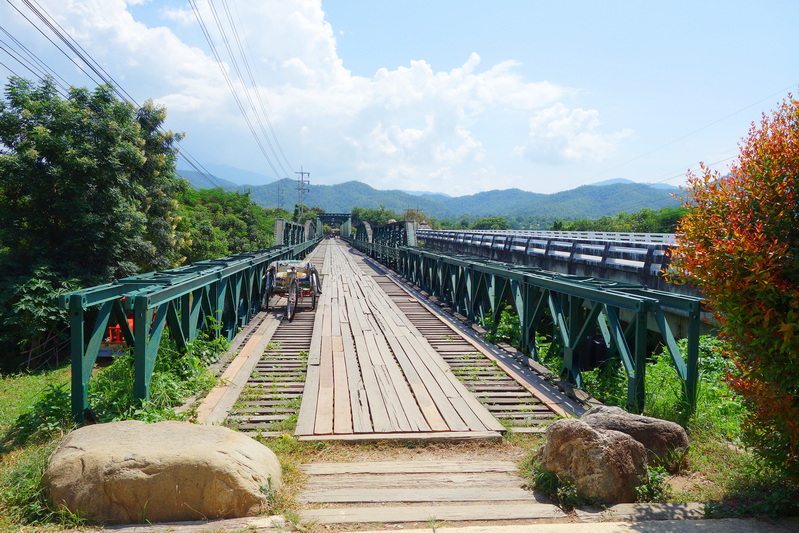
Echoes of War’s Urgency
The bridge’s origins trace back to the tumultuous year of 1942, a period when the Imperial Japanese Army rapidly expanded its presence across Southeast Asia. Under immense strategic pressure, this crucial crossing was hastily constructed by Japanese military engineers, often with the forced labor of local Thais and some prisoners of war. Its primary purpose was dire: to serve as a vital artery for swiftly transporting troops, heavy weaponry, and essential supplies from Chiang Mai, through the challenging terrain of Pai, and onwards into Burma (present-day Myanmar) to support their aggressive wartime campaigns.
From Vulnerable Wood to Enduring Steel
While the spirit and compelling stories of its past remain palpable, the current steel structure isn’t the bridge that originally bore the weight of wartime convoys. The initial wooden bridge, built with locally sourced materials, proved highly vulnerable to the dramatic seasonal changes of the Pai River, particularly during the powerful monsoon floods that frequently swept away sections. After repeated destruction and reconstruction with wood, the current resilient steel bridge, ingeniously repurposed from Chiang Mai’s Nawarat Bridge, was ultimately installed in 1976, ensuring its enduring presence as a historical landmark for generations to come.
Your Journey Across the Decades
Walking across the Tha Pai Memorial Bridge itself is an immersive experience. The sturdy, riveted metal framework beautifully complements the rustic wooden planks underfoot, creating a unique pathway that feels both ancient and steadfast. As you stroll, listen to the gentle creak of the wood and the murmuring sounds of the Pai River below. Take a moment to admire the lush, green landscapes that frame the river, offering fantastic photo opportunities. You might even encounter vintage samlors (rickshaws) or local characters dressed in period or whimsical costumes, adding a quirky, memorable touch that playfully blends the bridge’s solemn history with Pai’s renowned free-spirited present.
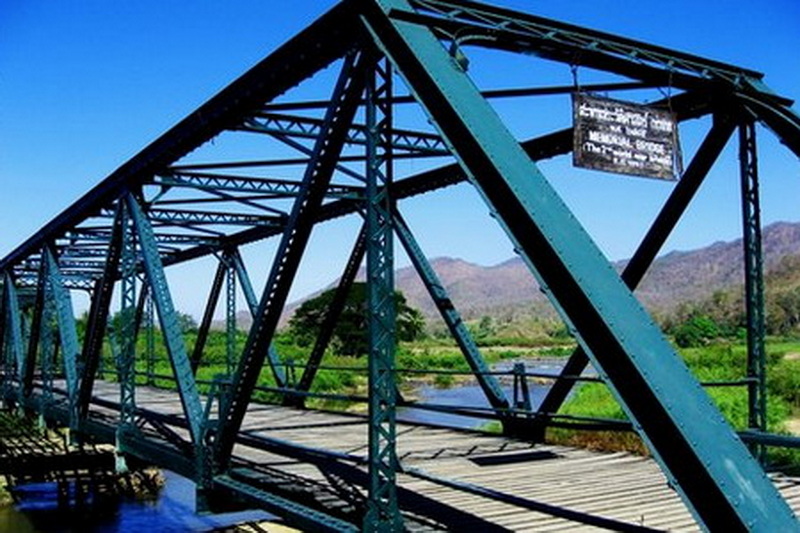
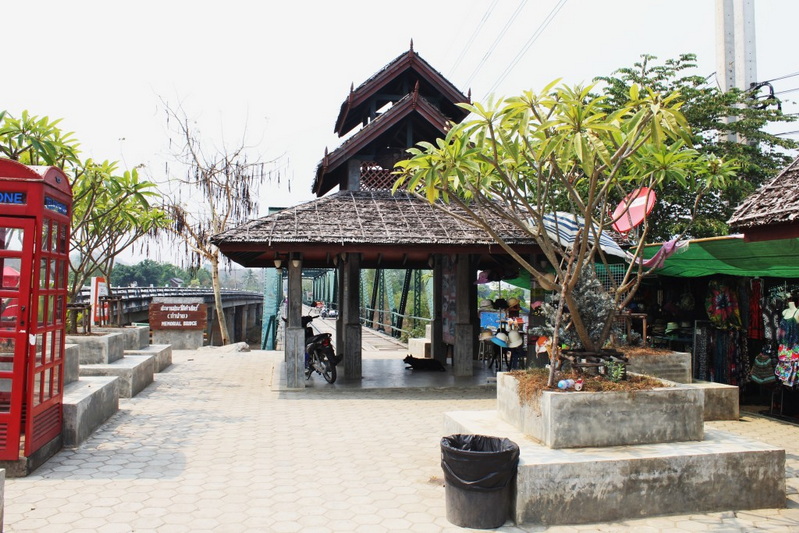
How to Get There with Ease
The Pai Memorial Bridge is remarkably easy to find and conveniently located just about 9-10 kilometers south of Pai town on Highway 1095, specifically marked near kilometre marker 88. You can easily reach it by renting a scooter, taking a local taxi, or as part of an organized guided tour from Pai or Chiang Mai. For the most pleasant experience and the best photographic light, consider visiting during the cooler months from October to February, or aim for early mornings or late afternoons when the crowds are lighter and the sun casts a golden glow over the landscape.
A Must-See Pai Attraction
Upon visiting, you’ll discover a welcoming atmosphere, complete with small local stalls positioned strategically nearby. These offer a delightful array of refreshing drinks, quick snacks, and charming souvenirs, often featuring local crafts, making it a comfortable spot to pause, absorb the history, and pick up a memento. This significant Pai Attraction truly stands as a testament to the layered history and unique charm of Mae Hong Son, Thailand, and it’s frequently highlighted as a pivotal and compelling stop on any thoughtfully planned Private Tour from Chiang Mai to Pai.
Nearby Attractions:
Just a short drive from the Pai World War II bridge, Pai Canyon offers a dramatic landscape of narrow, steep ridges and deep ravines carved by erosion. It’s an exhilarating spot for adventurous walkers, especially at sunset, providing breathtaking panoramic views of the surrounding mountains and valleys.
Relax and rejuvenate at Tha Pai Hot Spring, a natural thermal spring nestled amidst lush greenery. Visitors can enjoy a soothing soak in the mineral-rich waters, with different temperature pools available. It’s a perfect tranquil escape after exploring the historical sites.

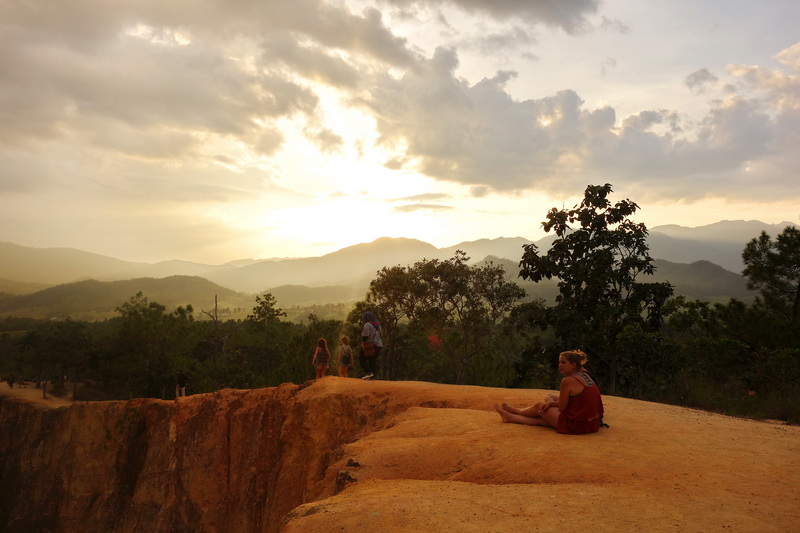
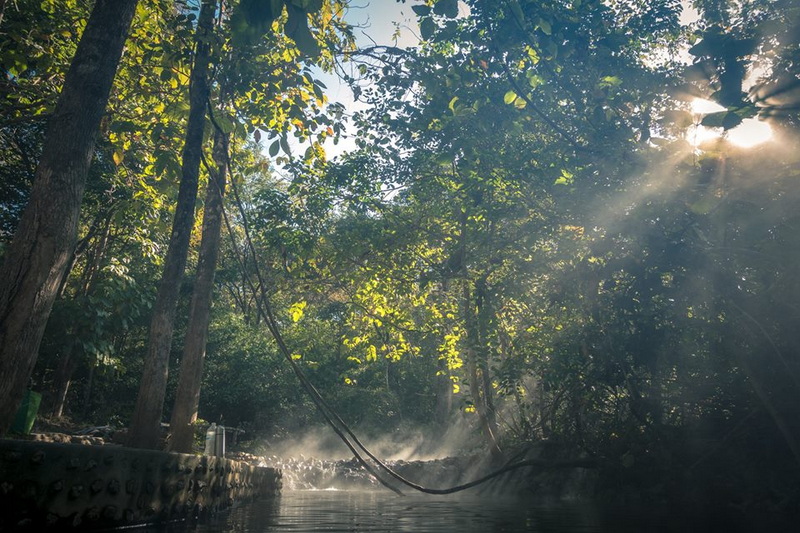
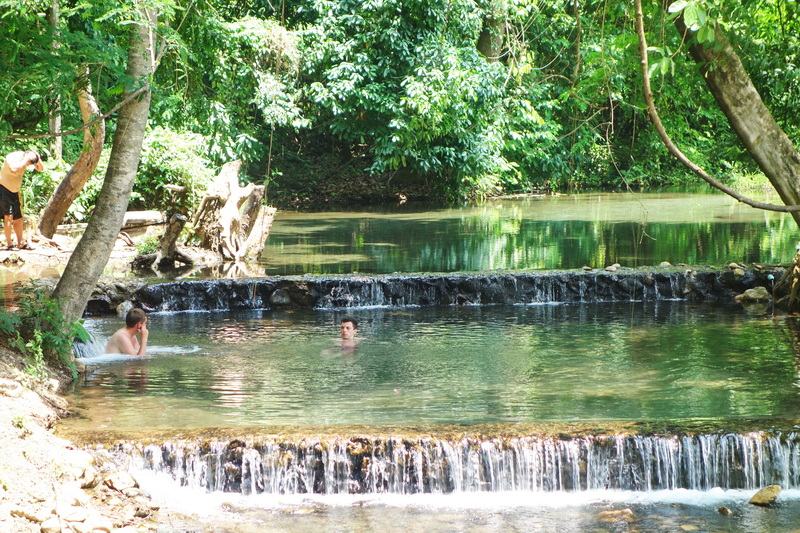
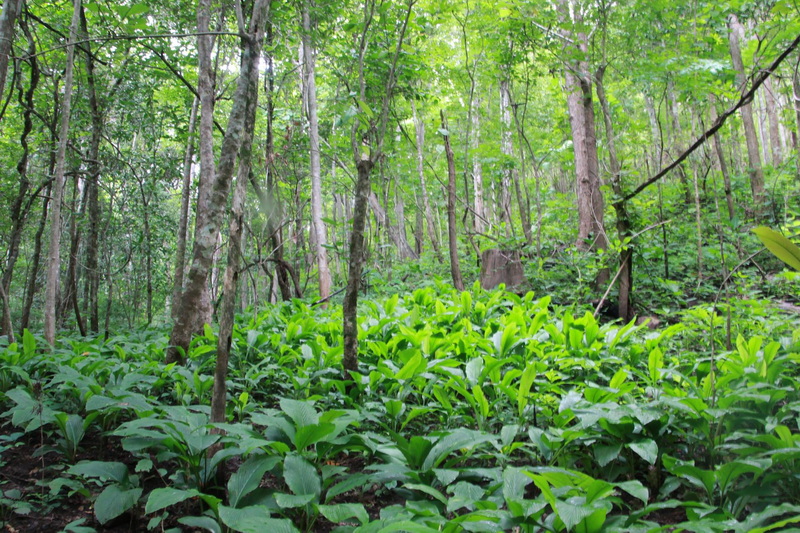
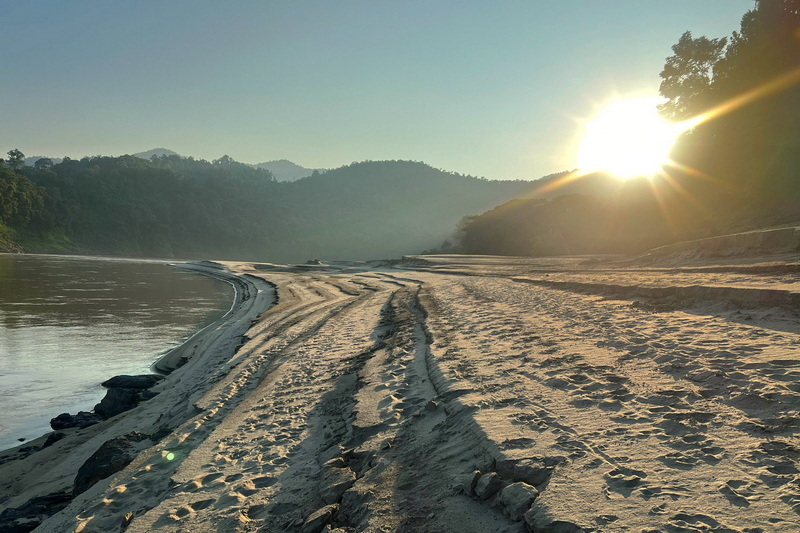
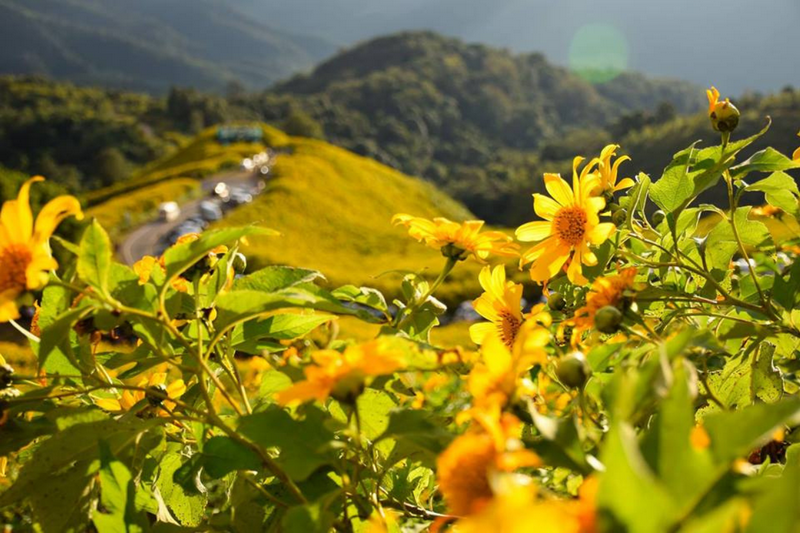
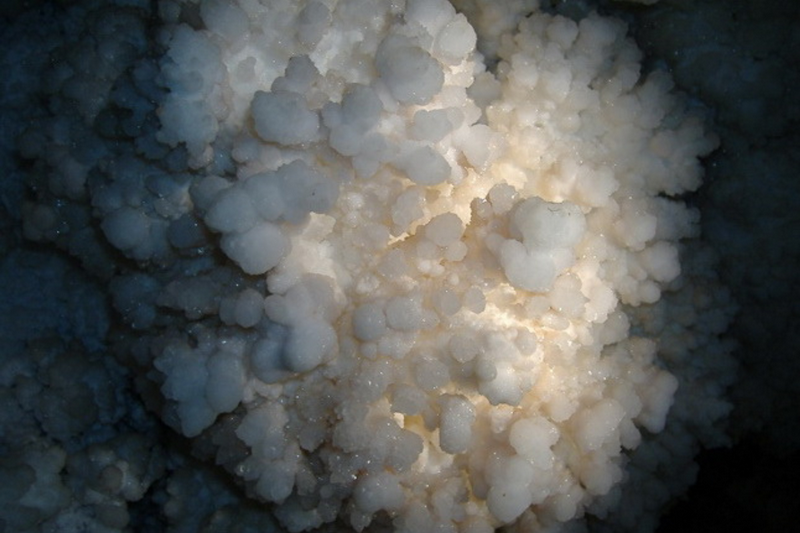
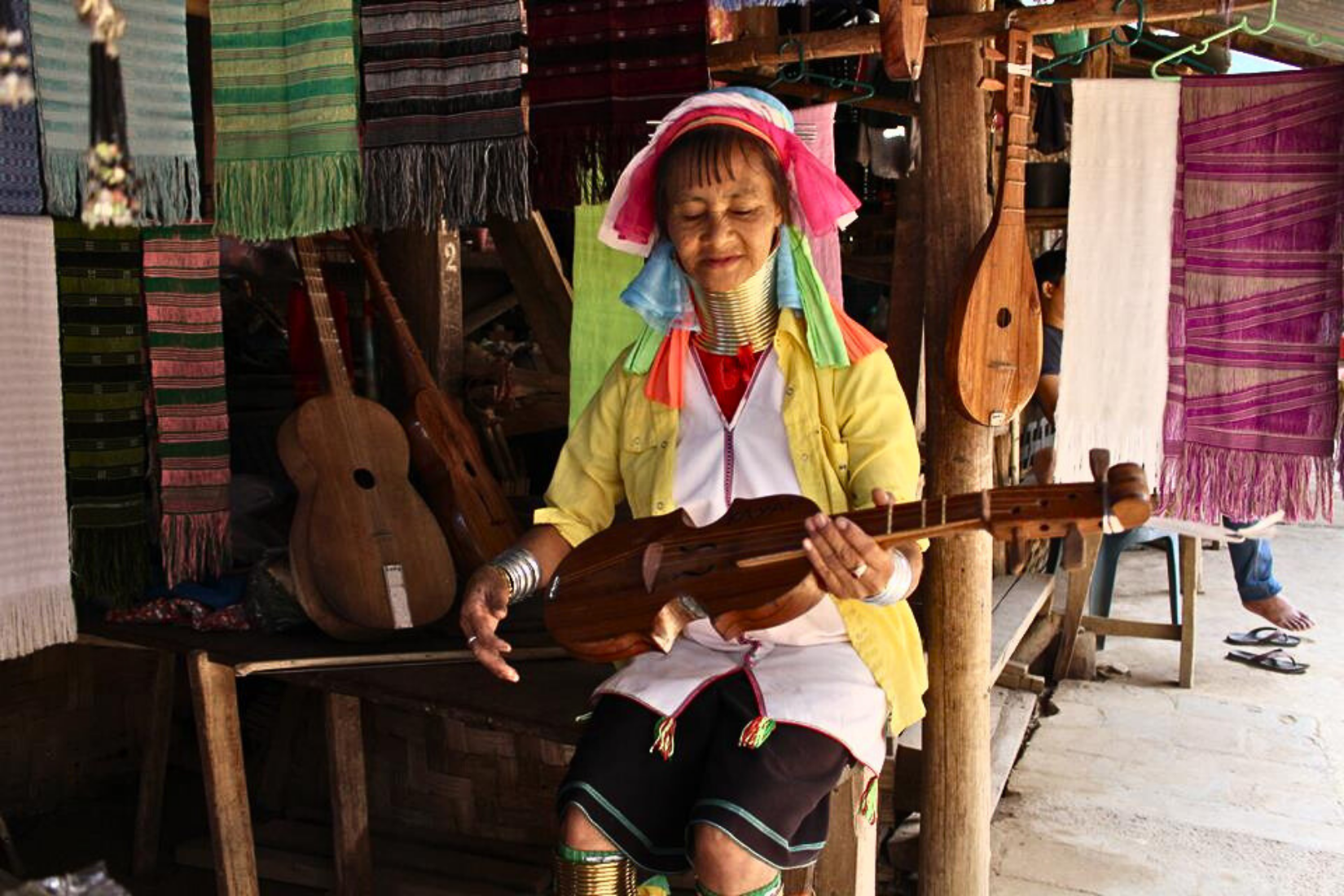













Leave A Comment